Buisness aviation news
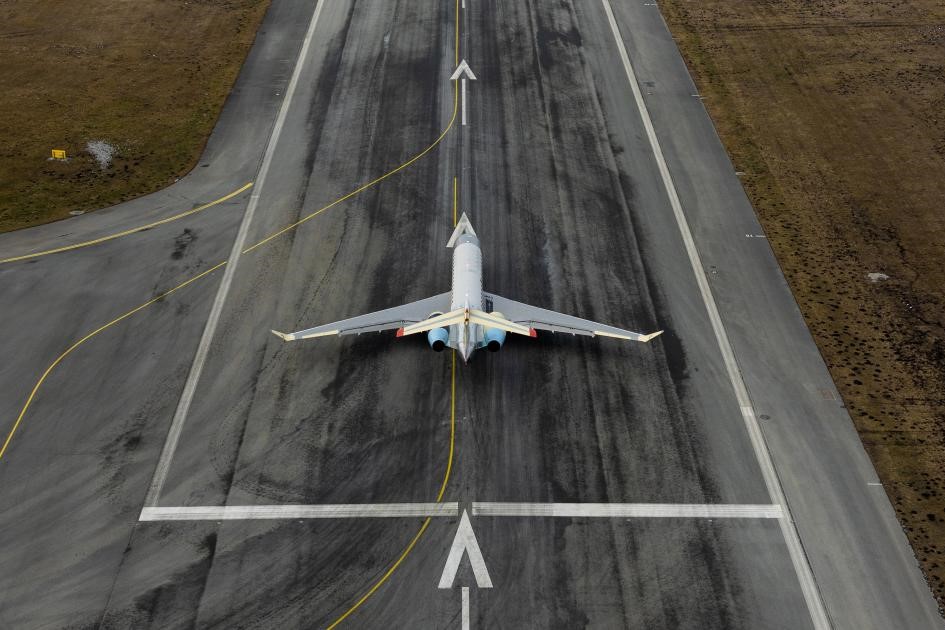
The General Aviation Manufacturers Association (GAMA) published the First Quarter 2025 General Aviation Aircraft Shipment and Billing Report. The results for the first three months of 2025 when compared to the same period in 2024 show increased shipments across all sectors and an increase in the overall value of aircraft shipments.

Flight activity in May clearly shows that the Trump bump back in November has dissipated, although there are no signs in the US market of a major relapse in demand which would reflect the deteriorating economic outlook since Trump’s tariffs. The one country where there is a clear indication of tariff impact is Germany, where demand is flagging significantly the last few weeks.
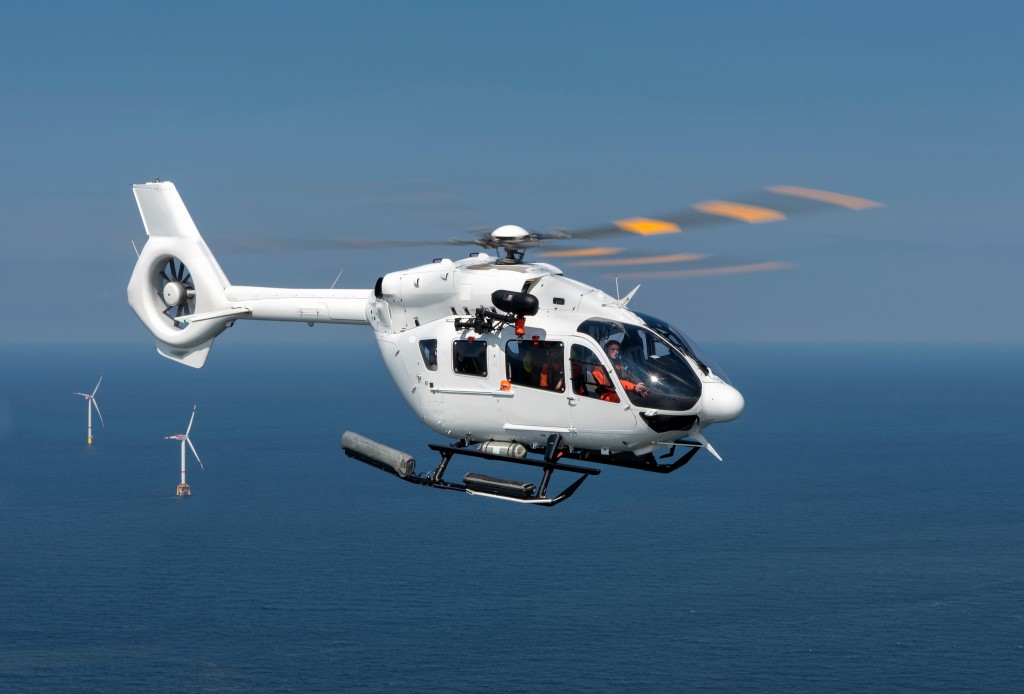
There were 4,131 civil turbine helicopters operating in the Asia-Pacific region at the end of 2024, which was an increase of 64 over the previous year. While this 1.6% year-on-year fleet growth in the region seemed modest and was similar to the annual percentage growth during the period 2019 – 2022, the Asia-Pacific based fleet has in fact grown by 850 units during the past 10 years, with a year-on-year compound growth of 2.3% since 2014.
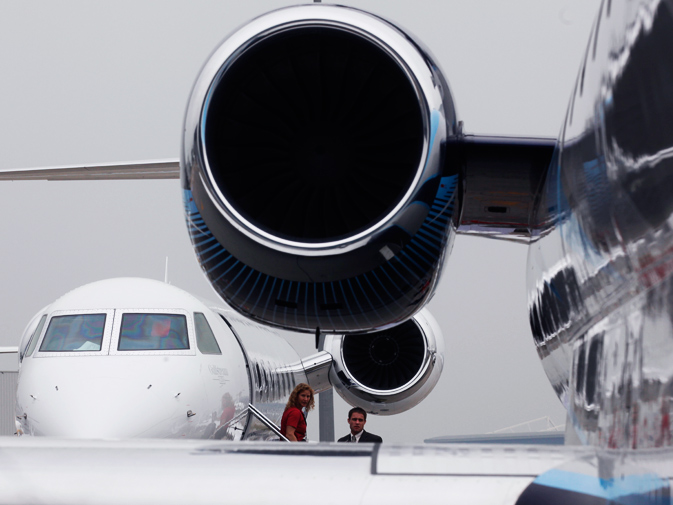
Business jet demand has tapered a little in the last couple of weeks but is still trending above 2024, with activity in Texas and Florida hubs exceeding 5%, and fractional operations continuing to grow close to 10% this year. Europe had a strong week, but April trends indicate a flat market.
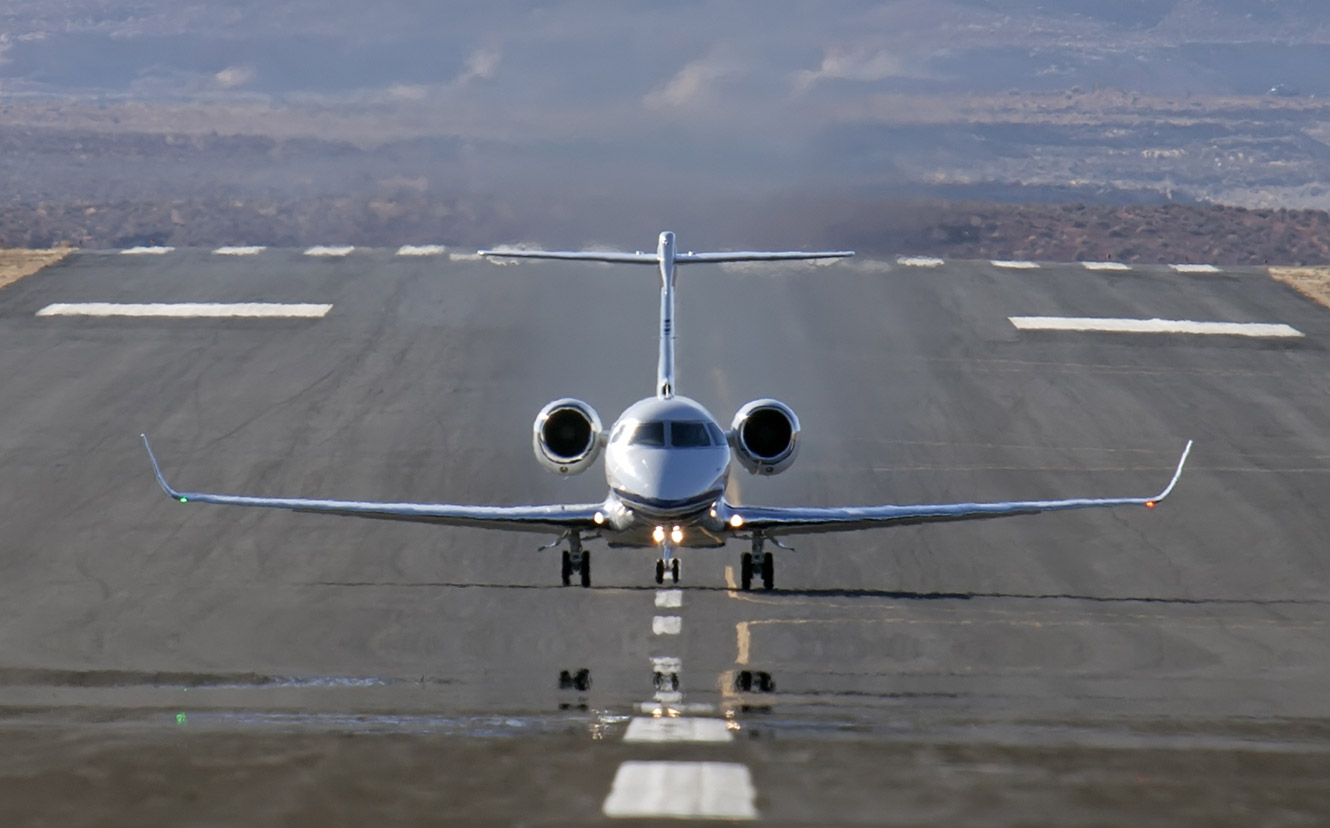
Global business jet activity rebounded significantly following Easter holidays in the core US market two weeks ago, activity in the latest week, Week 17 (21 – 27th April) jumped 11% compared to Week 16. The core US market recorded 11% growth compared to Week 17 last year, meanwhile in Europe, whilst activity was 12% ahead of the previous week, it was 4% below Week 17 in 2024.
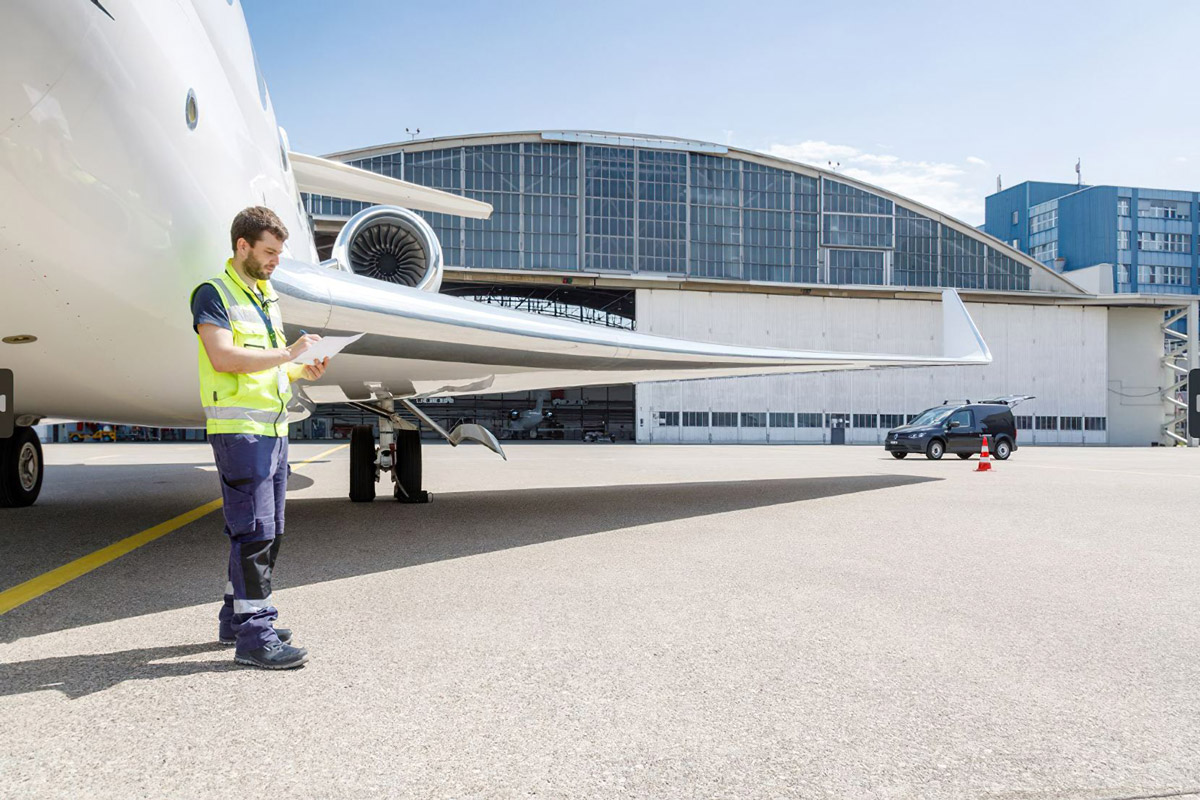
Members of the International Aircraft Dealers Association (IADA) reported completing 316 aircraft sales transactions in the first quarter of 2025, a 24% increase from 254 deals during the same period last year.

The big dip in YOY traffic this week may appear to be the fallout from broader economic concerns but in fact we are only seeing the usual slowdown during Easter holidays, and indeed bizjet flights this Easter are comfortably ahead of Easter week last year. For the month of April, and for the year to date, bizjet demand is still trending ahead of last year.

As yet, there is little sign of a slowdown in business jet demand as a result of the volatility in financial conditions triggered by Liberation Day. Indeed there was some unusual growth in bizjet activity in some markets this Week, most notably in Europe. It may even be that the bounce in flight activity this week reflects business opportunities which need to be realised during the brief respite from the full tariff program.

Liberation Day and the associated enactment of global tariffs on imports into the US triggered market turmoil and expectations of a recession, but so far only a ripple in terms of declining flight activity, most notable in Florida. An uptick in transatlantic corporate flight department travel may have been linked to tariff policy changes. We shall have to wait to see impact in Europe as this week was affected by comparison with Easter holidays last year.
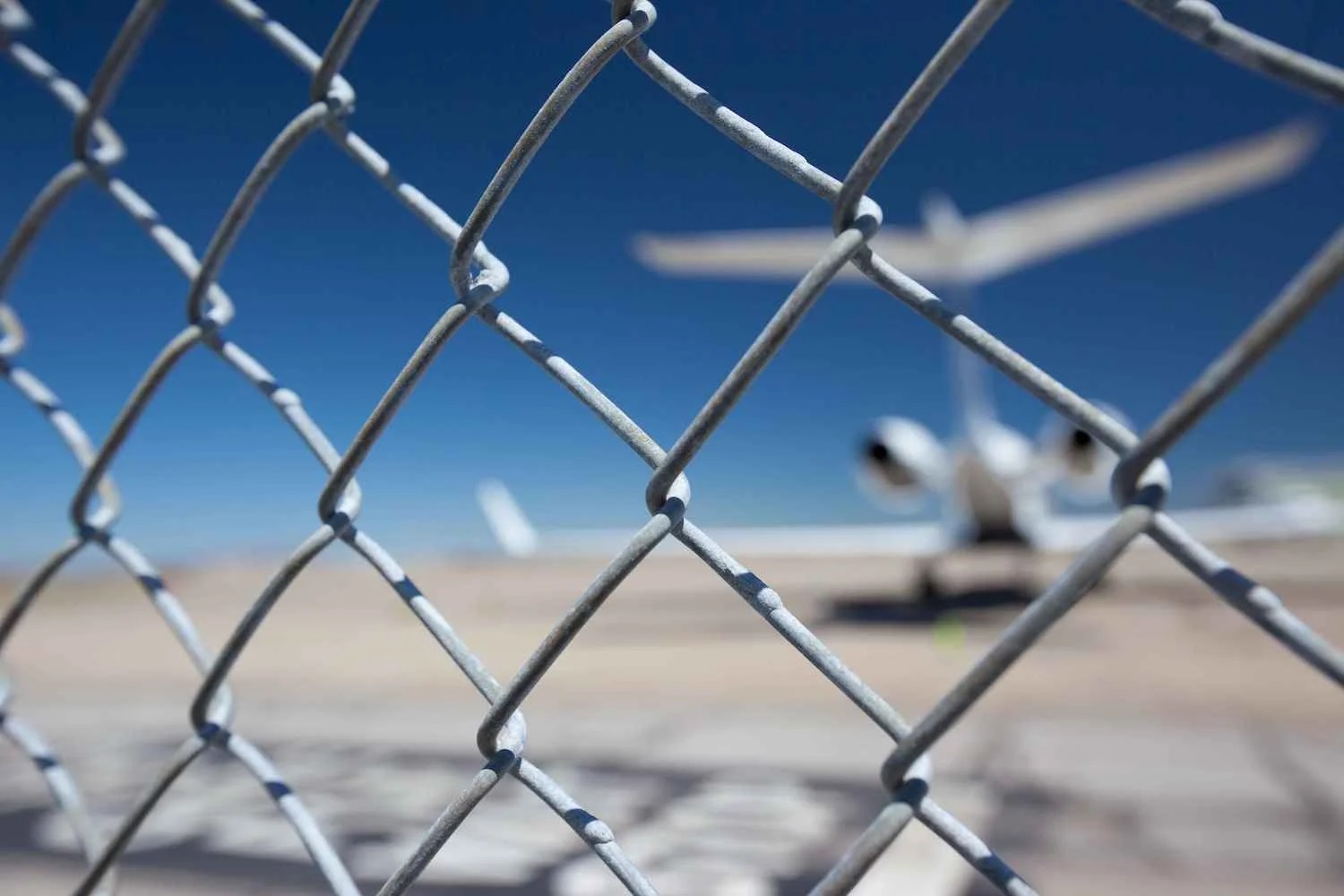
Liberation Day does not yet appear to have made a dent in demand for bizjet travel, although the concerns raised around the economic impact of a global trade war are likely to slow the market in subsequent quarters. For Q1 2025, modest gains in Year-on-Year bizjet activity is an improvement on last year and underlines the enduring resilience of the US market, as well as strong emerging markets in the Middle East and Asia.

So far this year business jet activity is robust, with 3% gains on comparable last year, well ahead of pre-pandemic 6 years ago (+35%). As we reach the 5-year anniversary of the initial Coronavirus lockdowns, bizjet activity in Week 12 this year is almost twice as high as Week 12 in 2020. In Europe bizjet activity has stalled this year, departures just 1% ahead of pre-pandemic 2019, the market in Germany appearing particularly weak.

Global business jet activity rebounded after last week’s relapse, with flight demand in the US belying broader economic concerns, bizjet departures up almost 20% in Texas compared to last year. This week’s bizjet activity is up by 28% in the US and 3% in Europe compared to the same week in 2020 when lockdowns started to be imposed.
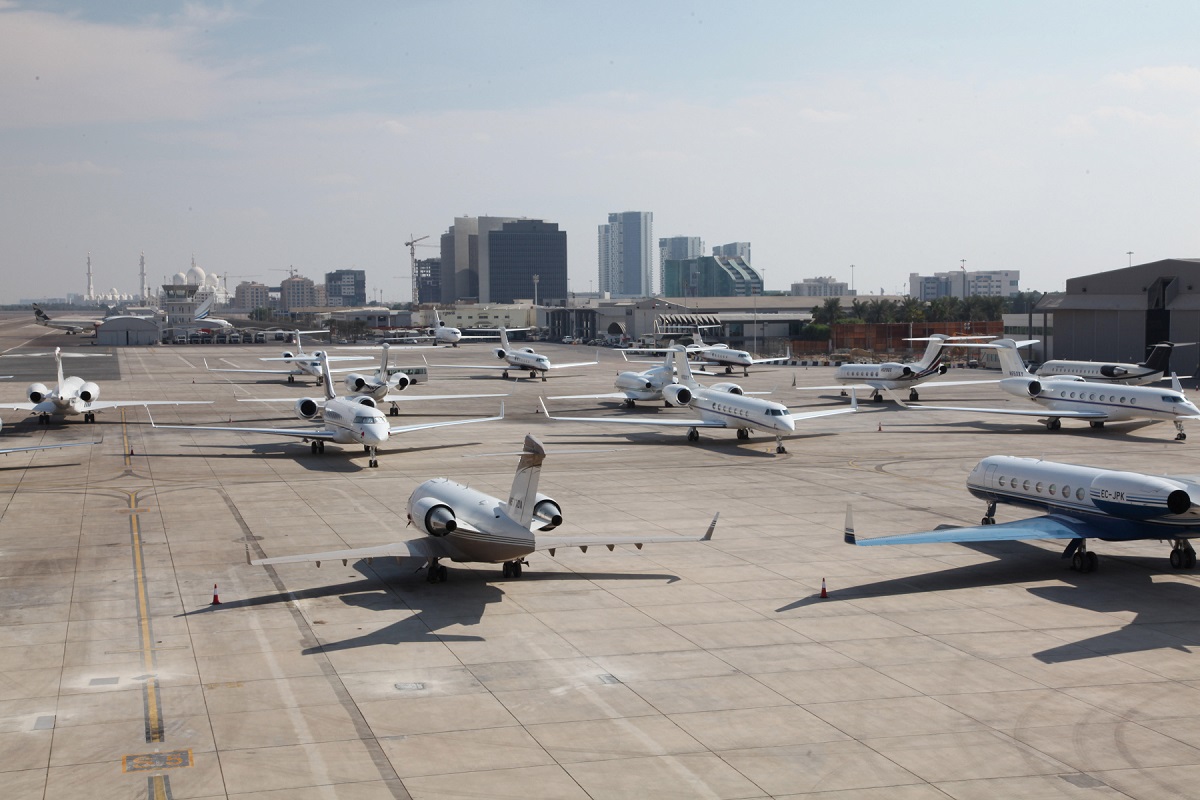
Since November 2024 the week-on-week trends in bizjet activity have been consistently up, contrasting with sluggish negative trends through 2023 and 2024, but since Trump´s tariff policy started to rattle the markets, bizjet demand has noticeably fallen back. Both Europe and the Middle East saw significantly less activity in Week 10 year-on-year.
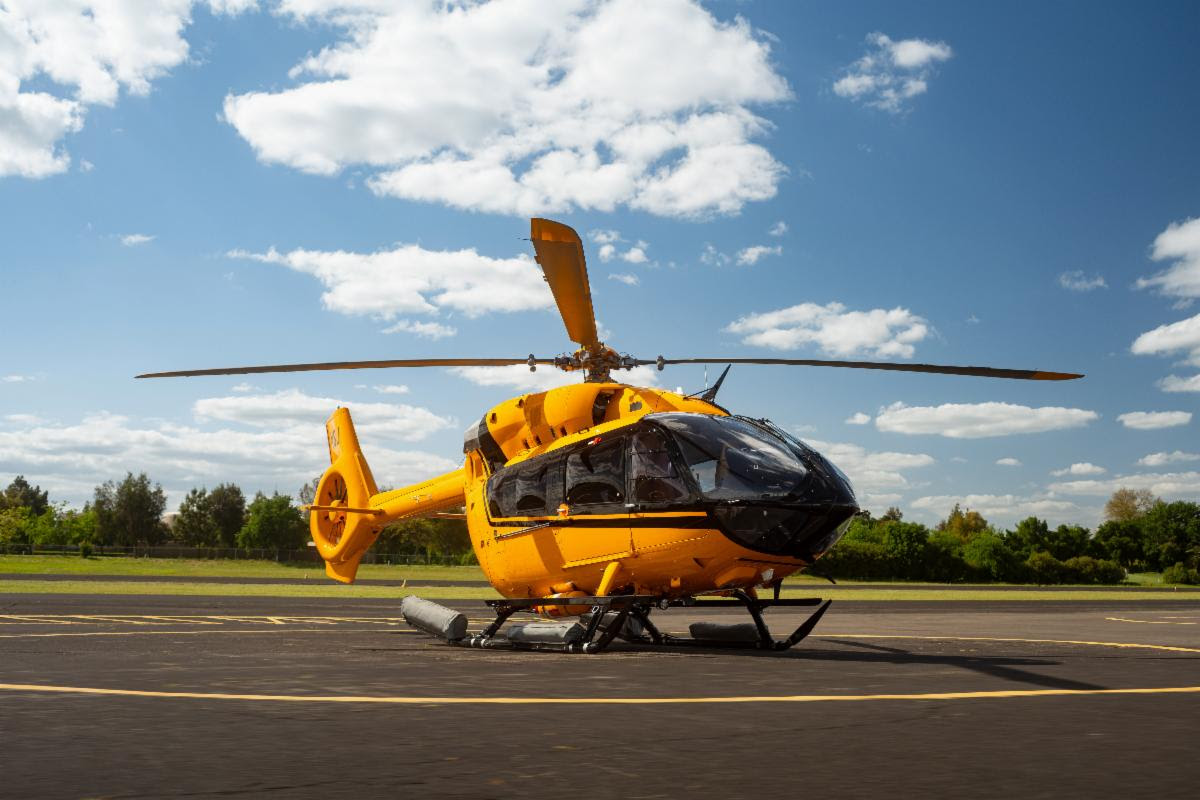
Aero Asset, a global helicopter sales and market intelligence firm, kicked off Verticon 2025 with the release of its 2024 Annual Heli Market Trends Twin-Engine Edition, offering in-depth insights into the evolving preowned twin-engine helicopter market. The report revealed that pricing for preowned twin-engine helicopters held strong last year despite supply and performance shifts across market segments.
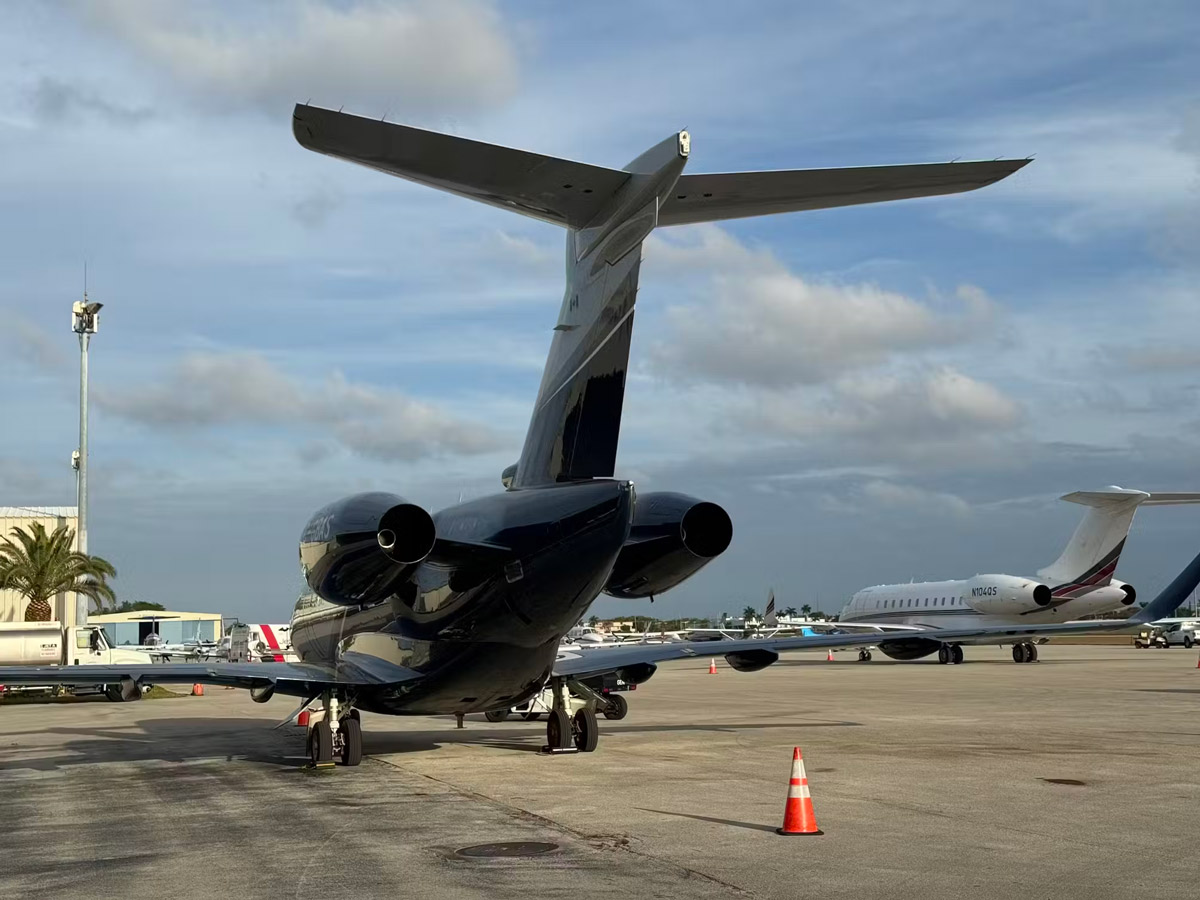
Business jet activity has remained very firm in the last 3 months, representing a genuine rebound from flatline trends in 2023 and 2024. In the most recent week, demand was notably strong to and from Washington DC, unsurprisingly. European markets are generally behind at the start of March, with Germany the most obvious laggard.

Bizav market intelligence provider, JETNET, has unveiled its comprehensive 2024 Pre-Owned Business Aircraft Market Performance Review, offering key insights into inventory growth, pricing trends, and sales activity across the sector.

For the first time, Large jets now account for 20% of industry sales according to Ever Forward: The Pre-Owned Business Aviation Report by Jetcraft.
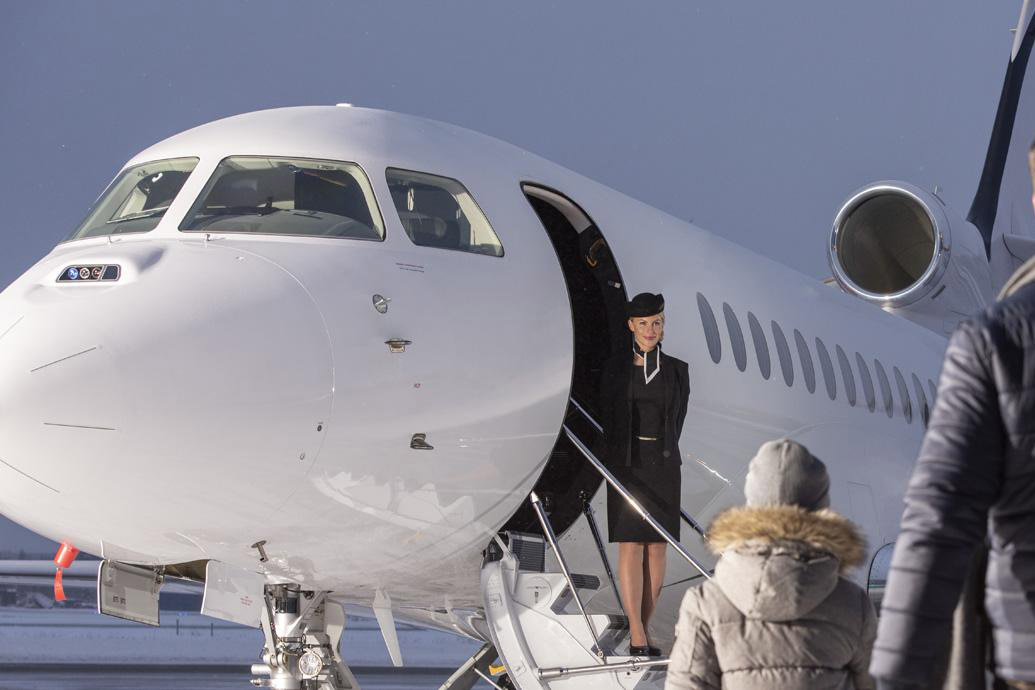
Global bizjet traffic is reaching its highest ever levels in 2025, eclipsing the previous high peaks in 2022, primarily due to the renewed demand for bizjet travel in the US since Trump’s election. Even Europe, facing serious economic headwinds, has seen an increase in bizjet traffic this year compared to last, with a surge in the last week reflecting school half-term breaks.

The General Aviation Manufacturers Association (GAMA) released the 2024 General Aviation Aircraft Shipment and Billing Report during its annual State of the Industry Press Conference. Overall, when compared to 2023, nearly all aircraft segments saw increases in shipments and preliminary aircraft deliveries were valued at $31.2 billion, an increase of 13.3%.

The Superbowl saw the biggest surge in bizjets since 2018, with departures on the day after the event 5x higher than the average daily departures this month so far. This reflects a general buoyancy in the US market since November. In contrast the European market is subdued, particularly in the UK, with an alarming 20% drop in bizjet flights this week. There will also be concerns over the impact of new business jet taxes in France, the busiest European market. In the Middle East, where bizjet traffic year to date is up 77% since 2019, demand in Saudi Arabia should get a boost from GACA announcing an opening-up to foreign operators from March this year.

